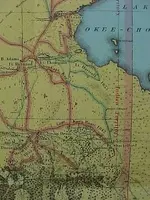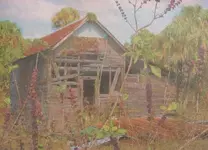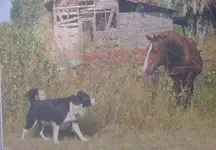I just read this thread for the first time. Here's what I wrote about this story back in 1964, but don't ask me where I got it from. More than likely it came from a book.
I found the following in a book titled "Sunken & Buried Treasure In Florida," by David Martindell (1990).
COLLIER COUNTY:
· Somewhere along the Turner River off Chokoloskee Bay in the Everglades National Park is a 2-acre field covered with 33-pound silver bars buried 6 to 8 inches below the surface. This was a depository for the Seminole Indians.
· The Florida Everglades is the area of a well-documented lost treasure. Near the end of the Civil War, a Confederate paymaster being pursued by Union troops buried a million-dollar payroll - $200,000 in gold coins and the remainder in paper currency. Records reveal he wrote: "Chased by the enemy, we buried our payroll at a point in the Everglades at a junction of two creeks, where the land rises like a camel's back. The money is buried in the west hump of the rise." The area is somewhere between Alligator Alley and State Road 41 in the Seminole Indian Reservation.



 I need to ask around.
I need to ask around.








